Stainless steel is a common material used for the wetted parts of instrumentation due to its corrosion resistance and strength. Among the various stainless steel grades, 316L stainless steel (316LSS) and 304L stainless steel (304LSS) are often considered for applications where the instrument’s components will come into contact with fluids or corrosive substances. However, choosing the right material for these wetted parts is crucial for the long-term durability and reliability of your instrumentation.
This article dives into the key differences between 316L and 304L stainless steels, focusing on their performance in wetted environments, particularly those involving corrosive fluids, chemicals, or chlorides, and their impact on the service life of instruments.
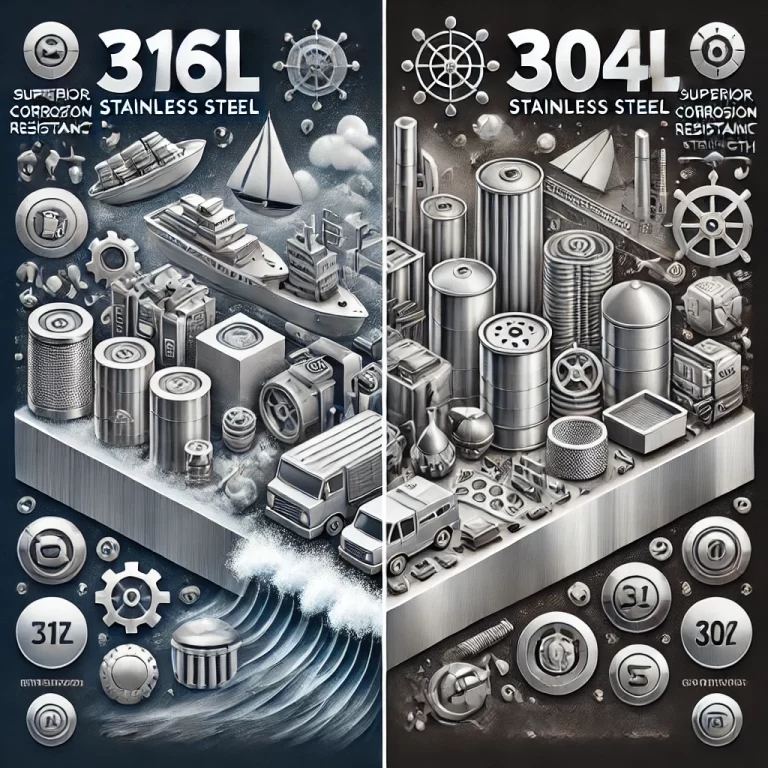
1. Chemical Composition
The fundamental difference between 316L and 304L stainless steels lies in their chemical composition.
316L Stainless Steel:
- Contains about 16-18% chromium, 10-14% nickel, and 2-3% molybdenum.
- The addition of molybdenum is the key factor that improves its corrosion resistance, particularly in chloride environments.
304L Stainless Steel:
- Contains 18-20% chromium and 8-12% nickel but does not contain molybdenum.
- It has slightly higher chromium content compared to 316L but lacks the added corrosion protection provided by molybdenum.
The “L” in both grades refers to the low carbon content, making both materials less prone to sensitization and grain boundary carbide precipitation during welding, which improves their performance in welded applications.
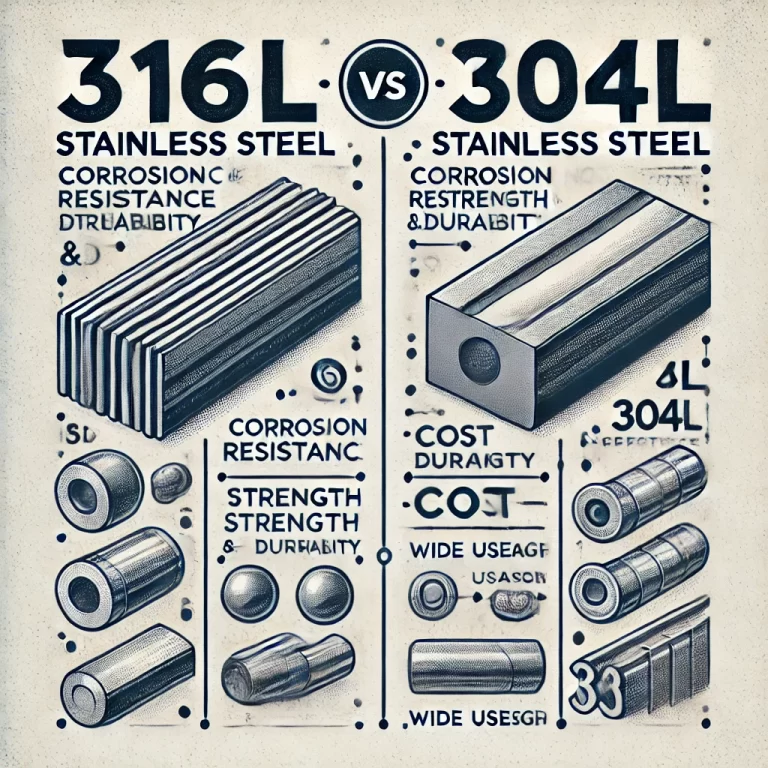
2. Corrosion Resistance
When selecting between 316L and 304L stainless steel, one of the most important factors to consider is the environment in which the material will be used.
304L Stainless Steel:
- It offers good corrosion resistance in a wide variety of environments but is more susceptible to pitting and crevice corrosion in chloride-rich environments (such as seawater or de-icing salts).
- In environments where exposure to chloride or harsh chemicals is limited, 304L performs adequately and is a cost-effective choice for general applications.
316L Stainless Steel:
- The presence of molybdenum in 316L gives it superior resistance to pitting, crevice corrosion, and general corrosion, especially in chloride-containing environments.
- This makes it ideal for applications in marine environments, chemical processing, and pharmaceutical industries where exposure to corrosive agents is more frequent.
- In high-chloride environments, such as coastal regions or chemical facilities, 316L offers a longer lifespan and reduced maintenance costs.
Corrosion Resistance in Specific Applications:
- Marine Environment: 316L is much more resistant to saltwater corrosion, making it the preferred choice for boat fittings, marine hardware, and other components exposed to seawater.
- Chloride-Rich Applications: In industries where chlorides are present, such as food processing, chemical manufacturing, and desalination plants, 316L is the go-to material due to its molybdenum content.
- High-Temperature Environments: 316L also withstands high temperatures better in corrosive environments, which is useful in chemical processing plants.
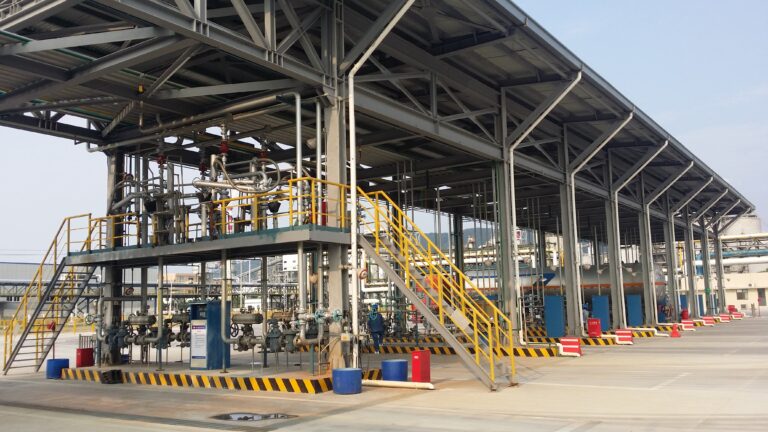
3. Mechanical Properties
Both 304L and 316L stainless steels have similar mechanical properties, though they are generally selected based on their corrosion resistance rather than their mechanical strength.
Tensile Strength:
- Both materials exhibit high tensile strength, typically around 485 MPa (70 ksi).
- However, for more extreme environments (particularly in corrosive media), 316L maintains its integrity longer than 304L due to its superior resistance to environmental degradation.
Hardness and Toughness:
- Both steels are fairly similar in terms of hardness and toughness. However, 316L’s increased resistance to corrosion makes it more durable in harsh conditions over time, especially in the presence of chlorides and acids.
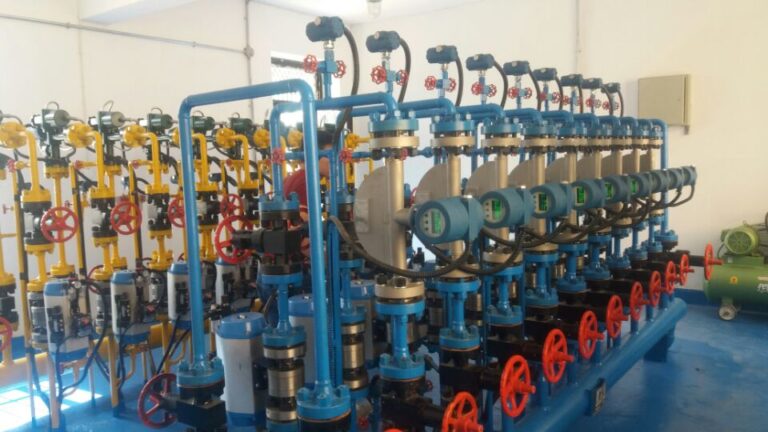
4. Weldability and Machinability
Both 316L and 304L have excellent weldability and machinability properties.
Weldability:
- Both grades are commonly used in welded applications because the low carbon content reduces the risk of carbide precipitation at the weld joints.
- 316L may be preferred in welded structures exposed to harsh environments since its corrosion resistance ensures better long-term performance of the welds.
Machinability:
- Both grades have similar machinability characteristics, though 316L tends to work-harden more quickly than 304L, making it slightly more difficult to machine in some cases.
- Using sharp tools and slow feed rates can reduce issues during machining.
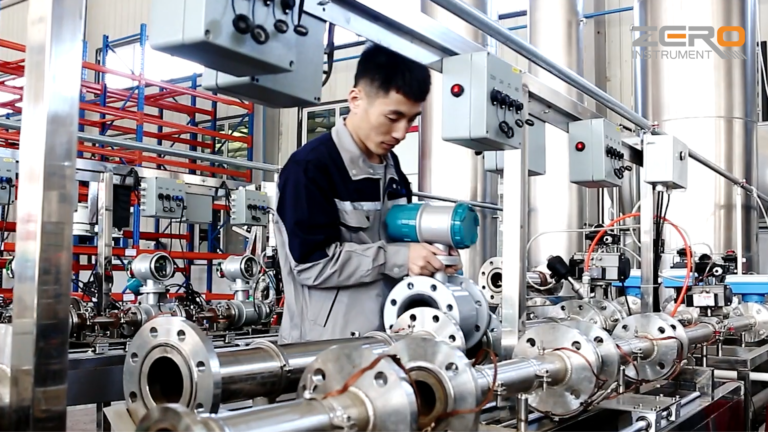
5. Durability in Aggressive Environments
Durability is where 316L often outshines 304L, especially in harsh or corrosive environments.
316L Stainless Steel:
- Thanks to the addition of molybdenum, 316L provides enhanced durability in aggressive environments.
- It has better resistance to chloride-induced stress corrosion cracking, which can be a significant issue in industries like oil and gas, chemical processing, and marine applications.
- Higher Temperature Tolerance: 316L also maintains better performance at elevated temperatures, especially when exposed to chlorides.
304L Stainless Steel:
- While 304L is durable in less aggressive environments, it can suffer from localized corrosion in the presence of chlorides or acidic compounds.
- In environments where exposure to harsh chemicals or seawater is minimal, 304L will perform well and last for many years without significant degradation.
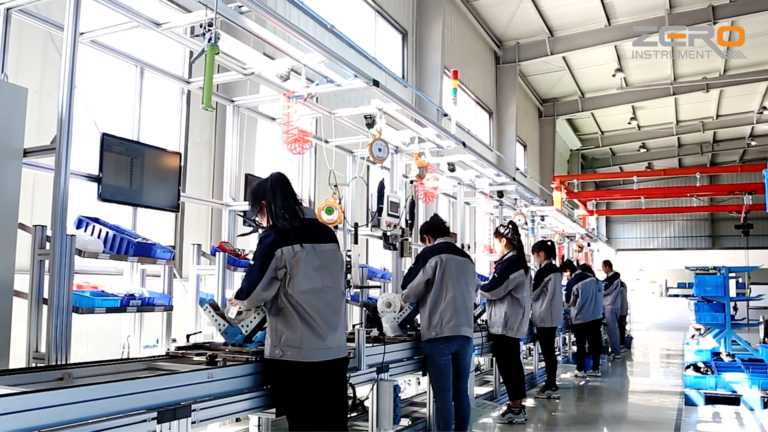
6. Cost
The final factor to consider when selecting between 304L and 316L stainless steel is cost. 316L stainless steel is typically more expensive than 304L due to the addition of molybdenum and higher nickel content.
- 304L is often used in applications where the environment is not especially aggressive, providing a more cost-effective option.
- 316L, while more expensive upfront, may result in lower long-term costs in environments where corrosion would otherwise reduce the lifespan of a product.
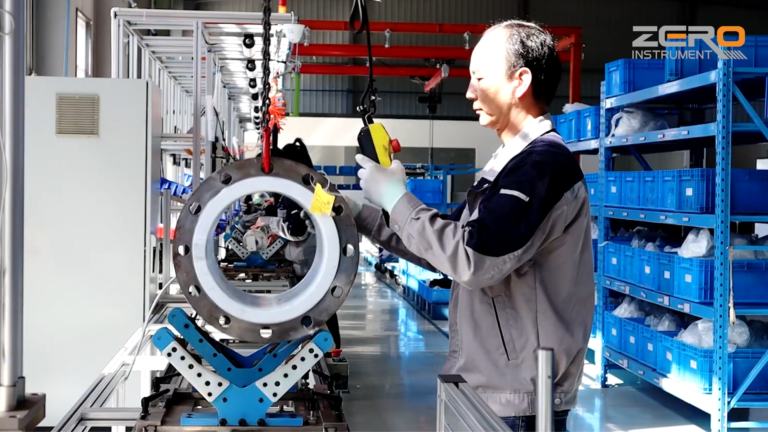
7. Typical Applications
304L Stainless Steel:
- Household appliances
- Automotive trim
- Structural components
- Architectural applications
- Kitchen equipment
- Food and beverage processing (when chlorides are minimal)
316L Stainless Steel:
- Marine environments (boat fittings, dock components)
- Pharmaceutical and food processing equipment (especially in chloride or acid-prone environments)
- Chemical processing plants
- Medical devices and implants (due to its biocompatibility and resistance to body fluids)
- Offshore and coastal structures
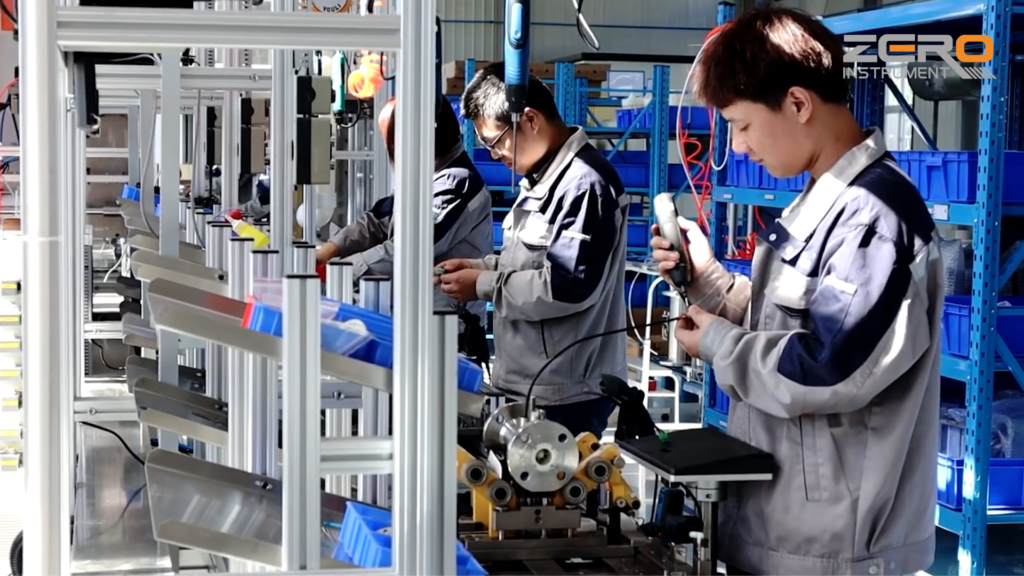
Conclusion
316L stainless steel is generally more durable than 304L stainless steel due to its superior resistance to corrosion, particularly in environments with high chloride or chemical exposure. While 316L comes with a higher upfront cost, it often proves more economical in the long term when used in harsh conditions, due to its longer service life and reduced maintenance. 304L remains a solid choice for less aggressive environments and offers a more cost-effective solution for general-purpose applications.
In summary, the choice between 316L and 304L stainless steel should be based on the specific environmental conditions, exposure to corrosive elements, and the cost considerations of the application. If corrosion resistance is critical, especially in chloride-rich or acidic environments, 316L will likely be the better choice for durability and longevity.
